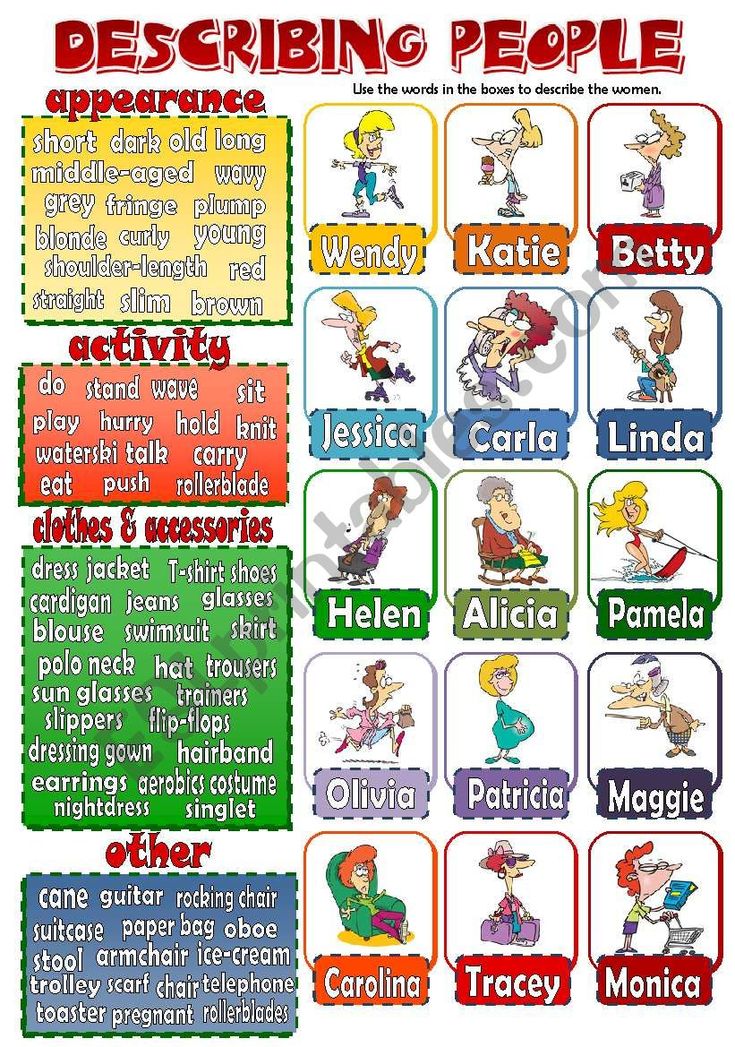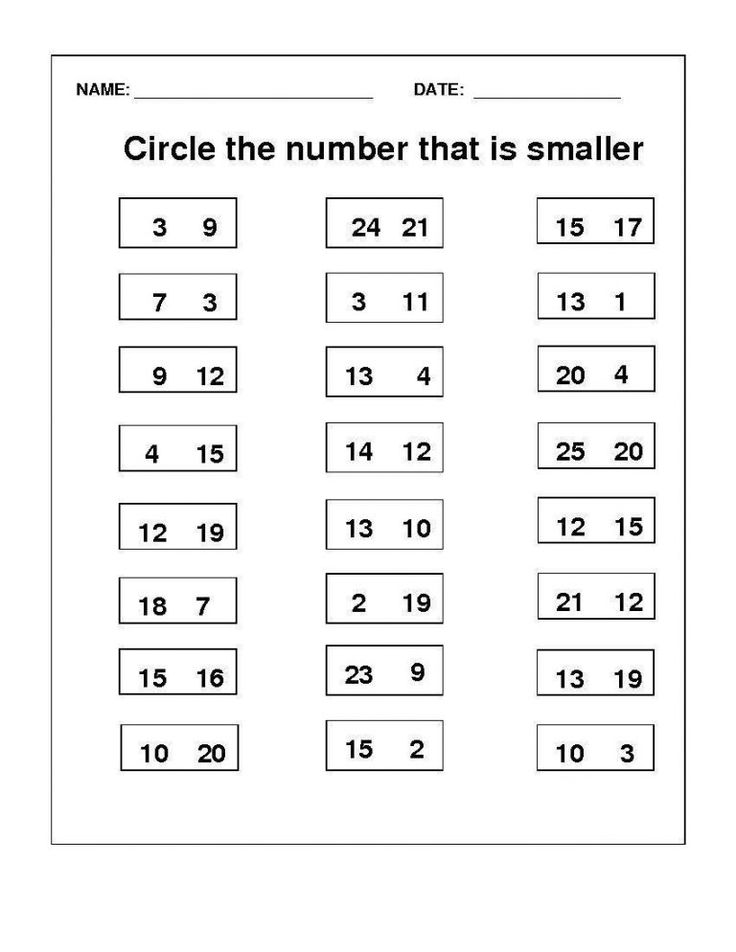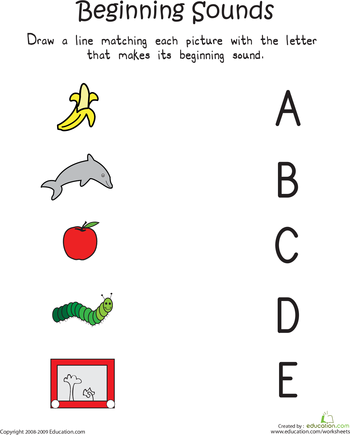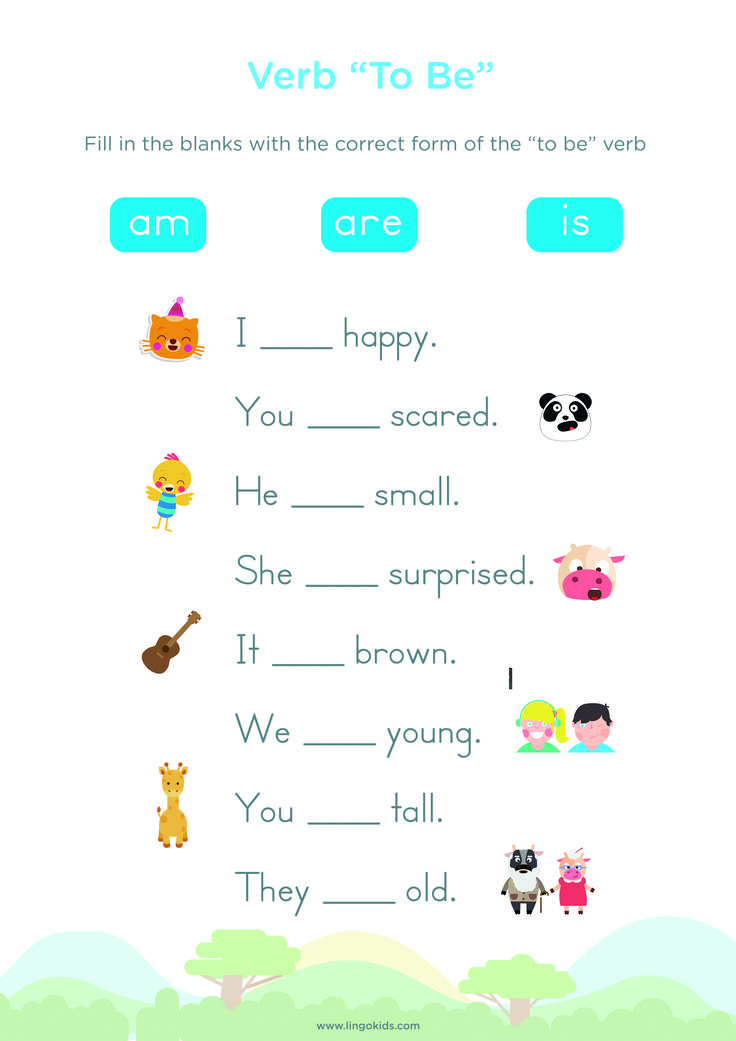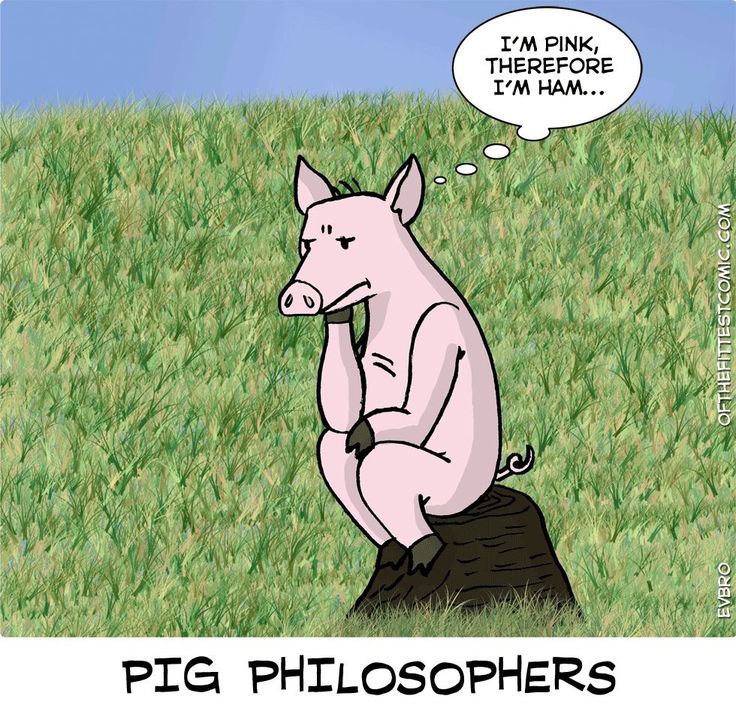Teach colors preschool
20 Engaging Hands-On Activities for Learning Colors
Activities
This post may contain affiliate links.
These hands-on activities for learning colors are such a fun way to teach and reinforce important preschool and kindergarten concepts.
Preschoolers can have fun while learning colors with a variety of simple activities. For example, playing with a color wheel and matching different shades of the same color, observing food items and sorting them according to their colors, or creating art projects such as painting shapes in different colors.
All of the color activities featured here will help young children practice their color recognition skills enjoyably and creatively!
Learning Colors Hands-On ActivitiesLearning the colors of the rainbow is an important part of preschoolers’ cognitive development. Through color recognition and matching activities, kids learn to differentiate between basic colors, recognize patterns, and expand their visual-spatial awareness.
Color learning activities can also help foster creative thinking and problem-solving skills in children as they engage in imaginative play throughout the preschool years and beyond.
Why Color Recognition Should Be Fun and Engaging
Color recognition activities need to be engaging and enjoyable for younger children for them to learn effectively.
Engaging in activities such as matching, sorting, or painting can ignite a child’s curiosity and help them remain focused on the task at hand.
Through stimulating play, they can discover the pleasure of exploration while also learning valuable skills.
When should kids learn colors?
Kids usually start to recognize and name colors by age 3. When learning colors, preschoolers typically start with primary colors (red, blue, and yellow), followed by secondary colors (orange, green, and purple), and then tertiary colors.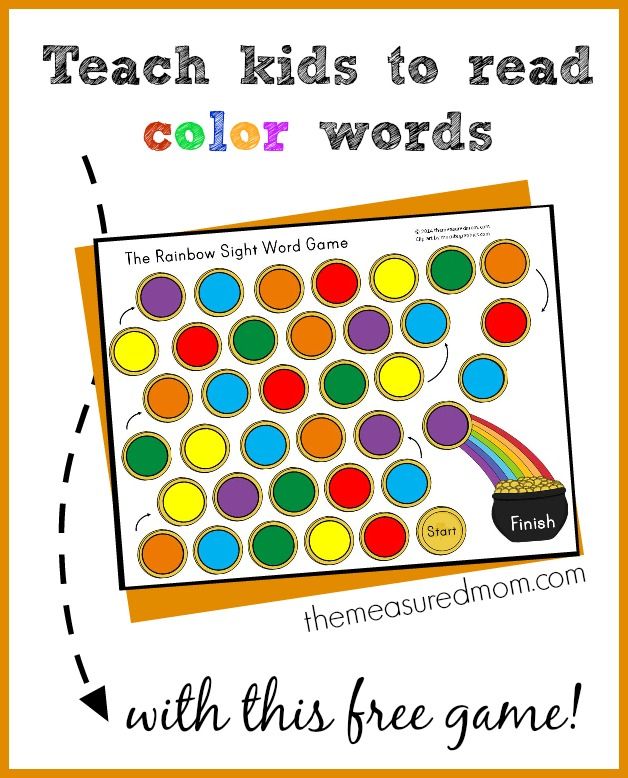
To facilitate learning, parents should create fun activities like sorting objects by color or playing games like I Spy where little children need to find something that’s a certain color.
There are plenty of fun and creative activities out there to help children learn about color recognition.
These activities can be used at home or in the classroom, providing an engaging way for kids to develop essential skills such as hand-eye coordination, fine motor skills, visual-spatial abilities, and more.
With so many options available, you’re sure to find something that your little one will love!
So grab some craft sticks, markers, or paints and get ready for a colorful adventure with your preschooler!
1.0K shares
- Share12
Post Tags: #Hands-on Activities#Hands-On Learning#Learning Colors#Teaching Colors
Similar Posts
7 Fun Ways to Teach Colors to Preschoolers
While it’s an important milestone for preschool-aged children to learn basic colors, it’s actually a fairly complex task! There’s some fascinating research into how we learn color and studies aimed at determining if there’s a better way to teach it.
One of the most interesting bits of research shows that the way we describe objects to kids can actually impact how they learn color. For instance, if you say “the balloon is red” instead of “the red balloon” it focuses the child on the object first and then the color description which surprisingly increases their ability to recognize the color. Isn’t that fascinating?!
Here are some creative activities to teach colors to preschoolers while having fun at the same time.
Coloring PagesMost children love to color. Coloring with crayons can actually accomplish more than one purpose. Not only can you talk with your child about the colors used to color the picture, your child is also developing important fine motor skills. You can even take this activity one step further and print out letter and number shapes for your child to color, and work on letter and number recognition at the same time.
Mixing ColorsSet out a couple of muffin tins and place a couple of drops of food coloring into the bottom of each tin.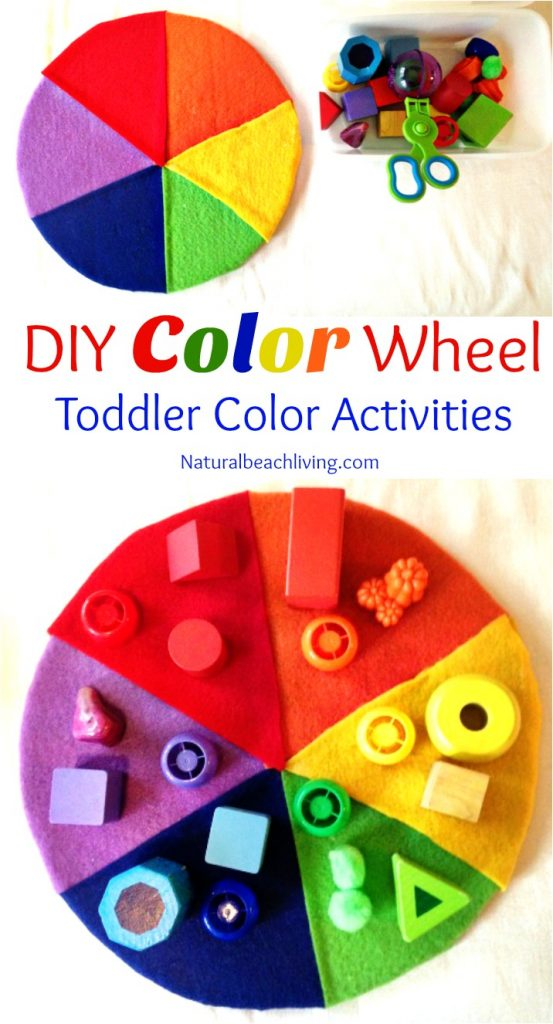
Give your child a small cup of water and let him slowly add water to each tin until each tin is about half full.
After you have talked about the different colors in the tins, let him use an eyedropper or a small spoon to transfer water from one tin to another, giving him the opportunity to see what happens when two colors are mixed together.
This activity will entertain your preschooler for quite some time, giving you lots of opportunity to talk about what happens when different colors are mixed together.
Bean Bag TossPurchase some inexpensive plastic baskets at the Dollar Store, and make or purchase bean bags in coordinating colors.
Place the baskets several feet away from the child, placing the bean bags in a pile next to the child.
Call out a color and have your child try to choose the correct bean bag and throw it into the corresponding basket. If he does not yet recognize the correct color, then just choose a bean bag for him and then have him locate the corresponding basket.
A great way to really reinforce color recognition is to just work on one color at a time. Every week choose one color, and then have everything you do that week be related to that color. You can choose food that color, have him paint with that color, color with crayons that color, and even go for a walk and look for things that color.
Color SortingYoung children love to sort things. Put together a collection of colorful wooden beads or buttons and have your child sort them into piles by color.
BooksThere are many books to help preschoolers learn colors. Incorporate a book about colors into your child’s bedtime routine. Kids love to read the same books over and over again, so this is a great opportunity to get some learning in at the same time.
MovementOne major way that children learn is kinesthetically or through movement. And kids love to move! Tape down pieces of construction paper (or invest in some colorful plastic stepping stones) or draw squares with chalk on the sidewalk/driveway and get your kids engaged in a game of jumping or running to the color when you call it out.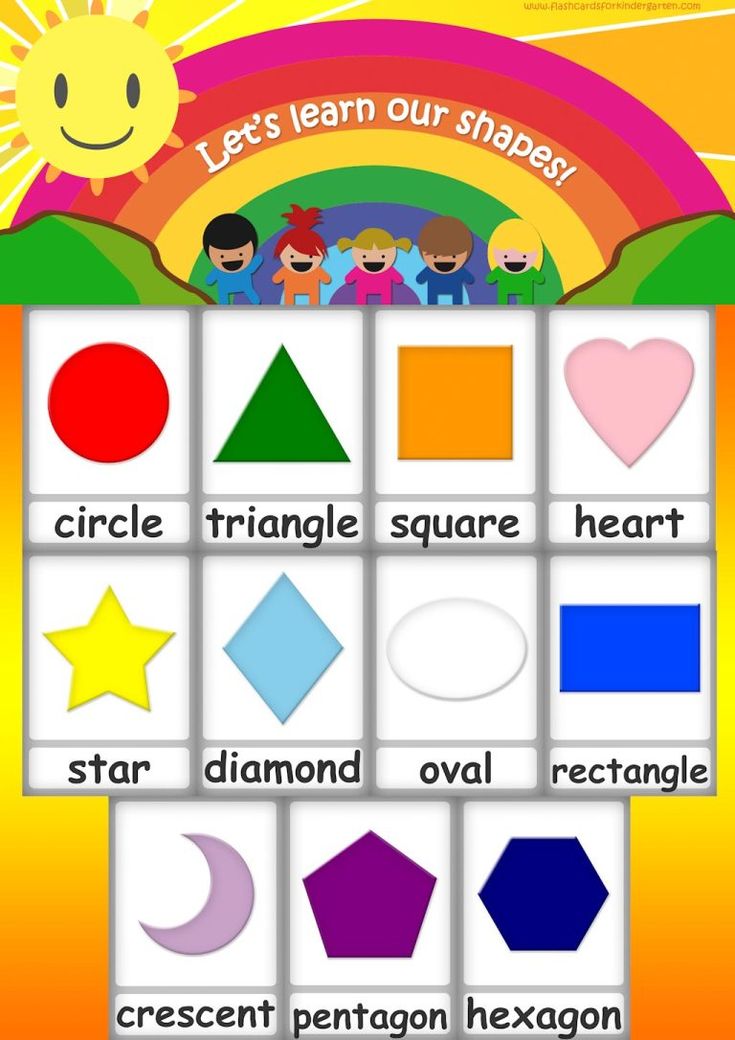 They’ll work out some energy and be learning color identification too!
They’ll work out some energy and be learning color identification too!
A preschool aged child is old enough to start learning how to play simple board games. Candyland is an old family favorite that is still popular today. Playing Candyland will help teach your child important skills such as counting and taking turns, and will also help reinforce color recognition. Another fun game to play is I Spy and it helps the child recognize the variety of colors in their environment. You can either play the traditional way by getting them to guess what you are seeing or point out a color and ask them to search for anything in the room that is the color.
Recognizing colors actually comes very naturally to most preschool-aged children. Many toddlers can recognize most colors before they reach preschool age. The key is to give children the opportunity to learn during their everyday activities, and learning becomes a fun and a natural part of their day.
Kristen Thomas is an avid blogger and contributor to TheLearningExperience.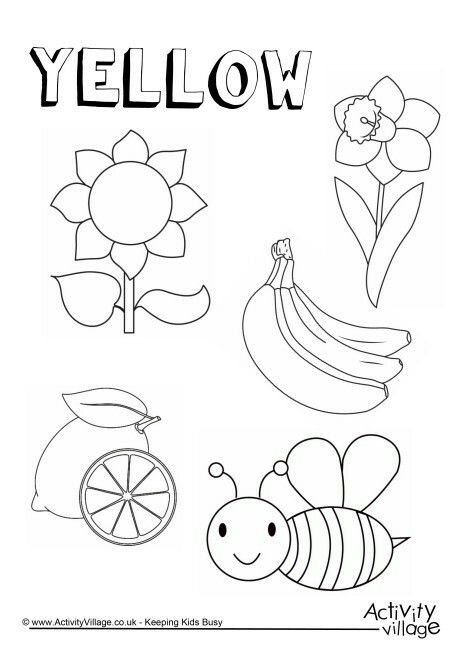 com, a leading child care provider with quality daycare centers throughout the United States.
com, a leading child care provider with quality daycare centers throughout the United States.
Learning colors: how to teach a child to distinguish colors and shades
It is generally accepted that by the age of three a child should learn to distinguish between primary colors. This skill is an important part of sensory development, it gives the child the opportunity to see the world in a new way. Often, if the baby does not know or confuse colors, parents have concerns about the pace of development of the child. Do I need to worry if the study of colors is not easy for a child? How to teach a child to distinguish colors? You will find answers to these questions in our article.
At what age does a child begin to see colors?
Studies have shown that children begin to perceive colors by 2-3 months. The first colors a child sees are yellow, orange, red, green. At this age, babies can already react differently to their toys of different colors (for example, a red rattle can please a child more than a blue one), look at bright pictures with enthusiasm.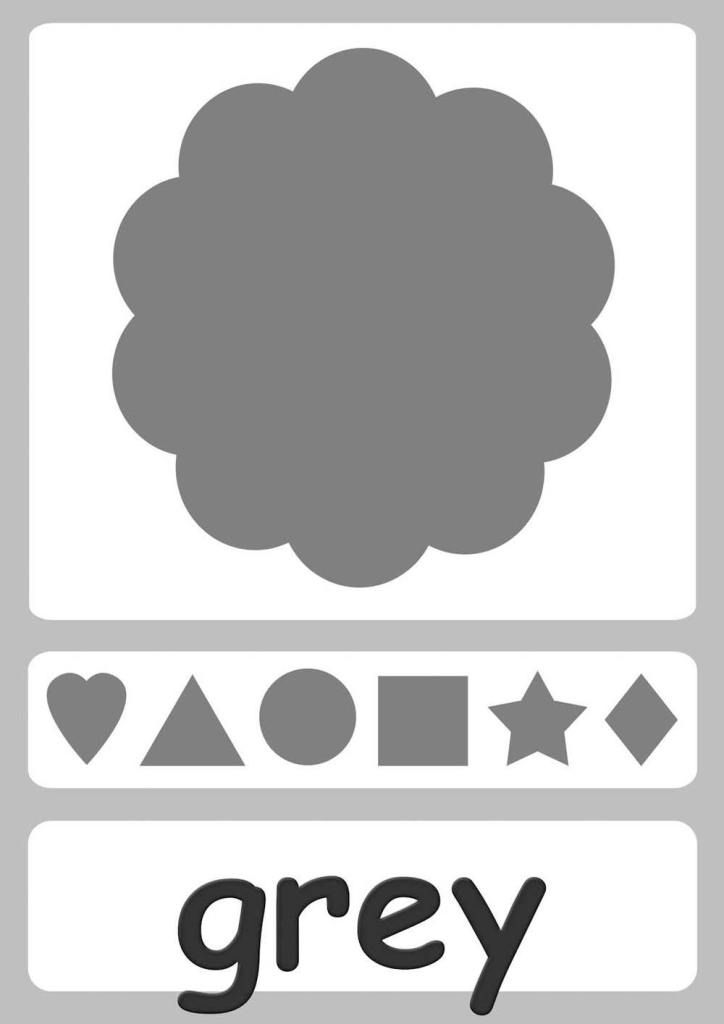 The baby's world quickly acquires colors, but if we talk about the ability to consciously find an object of the right color, then usually it appears in children at the age of one and a half. It is at this age that it is optimal to start learning colors in a playful way. You can voice the names of flowers to a child for up to a year, this will only benefit him. But do not demand too much from the baby, remember that his brain is actively developing, and as soon as the time comes, you will certainly see the results.
The baby's world quickly acquires colors, but if we talk about the ability to consciously find an object of the right color, then usually it appears in children at the age of one and a half. It is at this age that it is optimal to start learning colors in a playful way. You can voice the names of flowers to a child for up to a year, this will only benefit him. But do not demand too much from the baby, remember that his brain is actively developing, and as soon as the time comes, you will certainly see the results.
To see if your child is ready to learn colors by playing with building blocks, ask your child to point to a part that is the same color as yours. If the baby can find objects of the same color, then he is quite ready to memorize the names of colors.
Learning colors in everyday life
Children get most of their knowledge about the world in everyday life: communicating with adults and peers, observing nature, playing.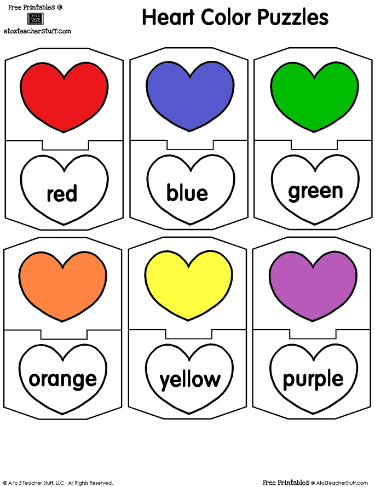 The study of flowers is no exception. Sometimes a child does not need to do special exercises to learn to recognize colors. For this, it is enough that he hears the name of the color and associates it with a specific thing. During daily activities, voice for the child what color the objects are around. Whether you are drawing, playing with blocks, looking at cars in the yard, reading, swimming, eating, dressing - in each of these situations, you can gently teach your child to distinguish colors.
The study of flowers is no exception. Sometimes a child does not need to do special exercises to learn to recognize colors. For this, it is enough that he hears the name of the color and associates it with a specific thing. During daily activities, voice for the child what color the objects are around. Whether you are drawing, playing with blocks, looking at cars in the yard, reading, swimming, eating, dressing - in each of these situations, you can gently teach your child to distinguish colors.
It is important that the study of colors does not turn into torture. You should not constantly test the child's knowledge by asking him which color is which. Soon the baby may just start to ignore you. “Let's paint the sun yellow!”, “What a delicious green cucumber!”, “Oh, where did the blue cube go? Here he is!" are examples of how you can gently help your child remember colors.
Games for learning colors and their shades
In order to get your baby interested in learning colors or to reinforce the knowledge they already have, you can offer your child to play special “color” games.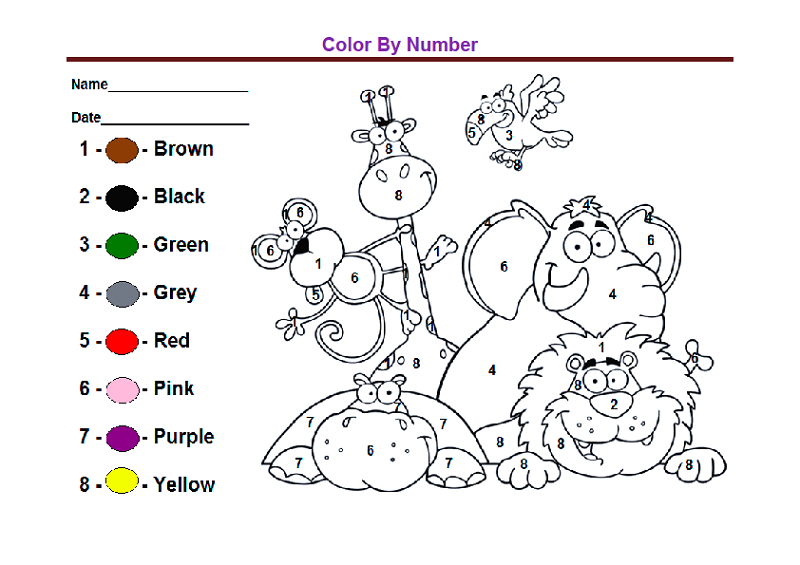
Color Sorting
Sorting games are designed to help children learn to group objects by color. Any materials at hand can be items for sorting: toys, covers, designer parts, cubes, buttons, cereals, pencils, etc. You can organize the game in various ways:
You can come up with as many options for sorting by color, it all depends on your imagination. So that the child does not lose interest in the task, connect the plot of the game with his favorite characters, toys (for example, a cat will eat from a yellow bowl, and a baby elephant from a red one, etc.).
Match a Pair
Help your child learn colors with the Match a Pair series. Ask your child to find a petal for a bug, a pot for a flower, a roof for a house, etc. You can present the baby with a deliberately wrong option and ask to correct the mistakes.
Pick up a patch
Show the child the picture with the missing details.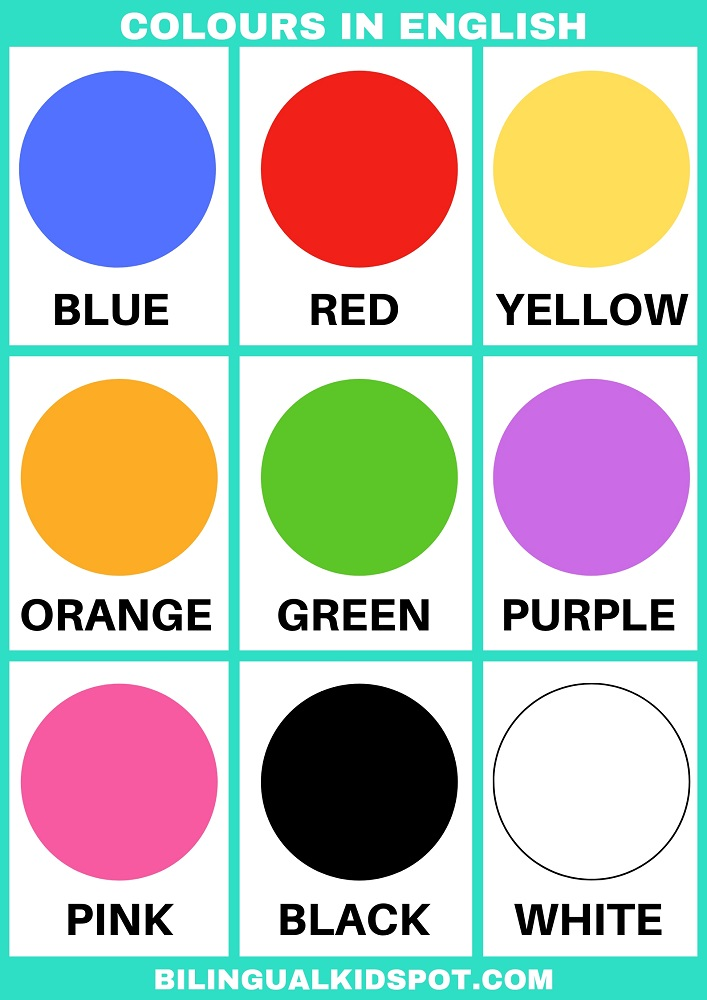 Ask him to fill in the gaps (this can be done with plasticine, pom-poms, caps, cards, etc.).
Ask him to fill in the gaps (this can be done with plasticine, pom-poms, caps, cards, etc.).
Color Lotto
At the age of about one year, children begin to be interested in various lottos. In the color lotto, the task is to collect pictures of the same color on the card.
Colored Sensory Boxes
Create a sensory box for your baby where everything is the same color. During the game, the child will be able not only to remember the color that he sees, but also to develop fine motor skills, tactile sensitivity, thinking, and imagination.
Color days
This is one of the most interesting and popular ways to teach your child to distinguish colors. Its essence is that during the day (or several days) you draw the child's attention to objects of a certain color. For example, on a yellow day, you can dress in yellow clothes, play with yellow toys, draw a yellow chicken. Surrounded by one color, the baby will easily remember it.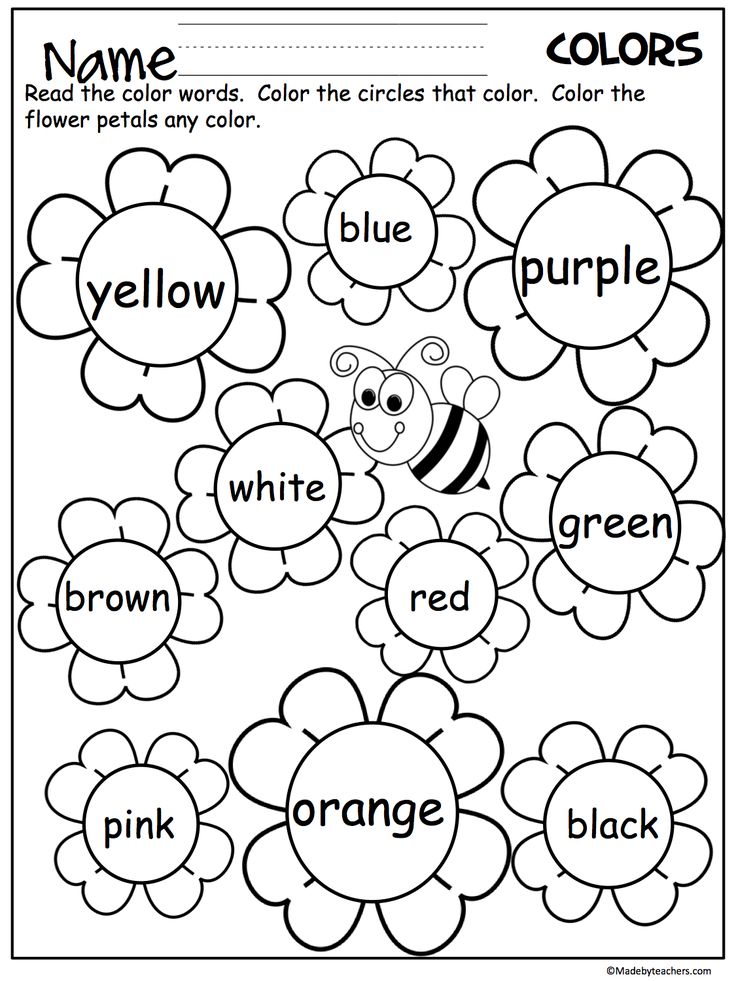
Cards for learning colors
You can learn colors with your child using cards. With the help of Doman's "Colors" cards, you can introduce your baby not only to the main colors, but also to different shades. It is important not to overload the child with unnecessary information about the names of 10 shades of green or red. Learn only those shades whose names you can use in the game and life.
Board games for learning colors
Board games are a great way to learn about colors and consolidate knowledge about them. Currently, the stores offer a wide range of similar games for every taste and budget. Choose a game that suits your child.
Educational cartoons
There are many educational cartoons on the Internet that will help your child memorize colors quickly. Here is one of them:
Educational books
If your little one loves to listen to stories and look at pictures, this is the way for you.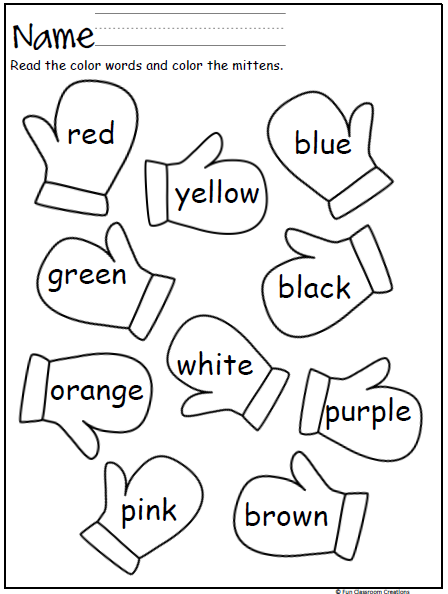 We all remember the wonderful story of V.G. Suteev "Rooster and paints", by S.Ya. Marshak has a whole “Colorful book”. You can also find many educational books that will become your faithful assistants.
We all remember the wonderful story of V.G. Suteev "Rooster and paints", by S.Ya. Marshak has a whole “Colorful book”. You can also find many educational books that will become your faithful assistants.
Conclusions
We have listed for you different color learning games. In order for a child to master the concept of color well, it is worth adhering to a number of principles: do not rush the baby, provide a variety of material for games, discuss what you see.
Conclusion
You can start studying colors from an early age, the main thing is that it is interesting for the child. It is impossible to specify clear age limits when a child should learn primary colors. This process, like all development, is individual for each baby. The Sozvezdie Development Center has created a Montessori environment for kids, aimed at the comprehensive development of the child. In the classes "Together with Mom" children in a playful way get acquainted with the concepts of color, shape and size, do thematic creative work.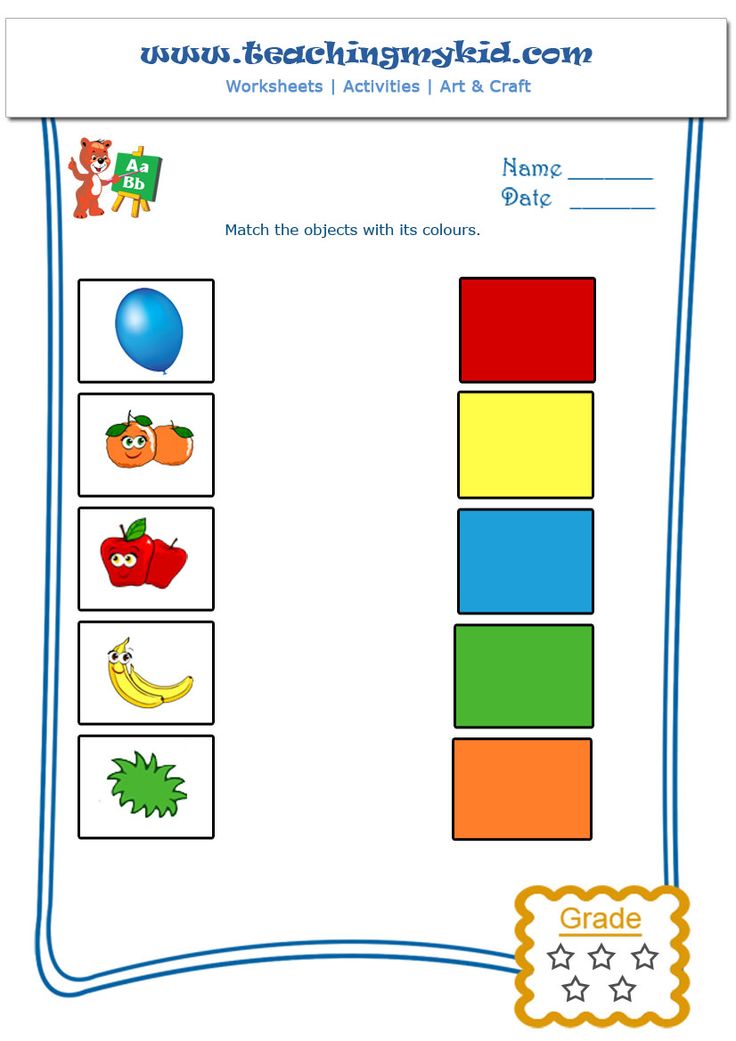 You can learn from our teachers how to interest a child in an activity and how to properly present him with cognitive information. Develop with us!
You can learn from our teachers how to interest a child in an activity and how to properly present him with cognitive information. Develop with us!
Prepared by a Montessori teacher
Sokolova Oksana
Learning colors with the smallest preschool children
When and how do we learn colors with our children?
Every parent wants their baby to be the very best. This is especially true for those parents whose baby is the firstborn.
For the first children, they buy all the best, the most beautiful and expensive. But at the same time they forget that the child needs not expensive and beautiful things and toys, but high-quality and skillful upbringing.
What can be taught to a small child? It turns out that there is something that can be taught at a very early age. Learn to distinguish colors.
When we hang different objects in the crib that have different colors and shades, the baby reaches out with his arms not to those figures that have a bizarre shape, but to those whose color he likes the most.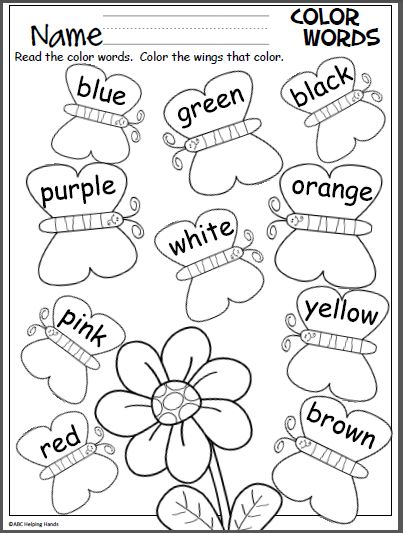
i.e. already at this age, the baby is able to distinguish colors. If you observe what colors a child chooses when he is a toddler, you can easily determine the direction of his character. You can even correct his inclinations by instilling color preferences.
If you notice that your child is reaching for blue, brown toys, it's time to sound the alarm.
It would be more correct to remove toys of these colors from use, at least until a year and a half, when the baby will realize that these colors can be, but in small quantities.
But yellow, green of different shades should be in front of the child's eyes as much as possible. Red is enough, but not overdone, so as not to instill feelings of aggression. Blue and pink are a must, as a factor in the formation of calm in the character of the baby.
As soon as the child has grown up a little, up to about a year old, we begin to consciously learn colors with the child.
Contents
- Why do we teach colors with a child?
- Learning colors creatively
- Learning colors while walking
- A new way to learn colors
Why do we learn colors with a child?
Color perception helps the child not only to distinguish the diversity of the objective world, but also contributes to the formation and formation of the emotional sphere of the baby.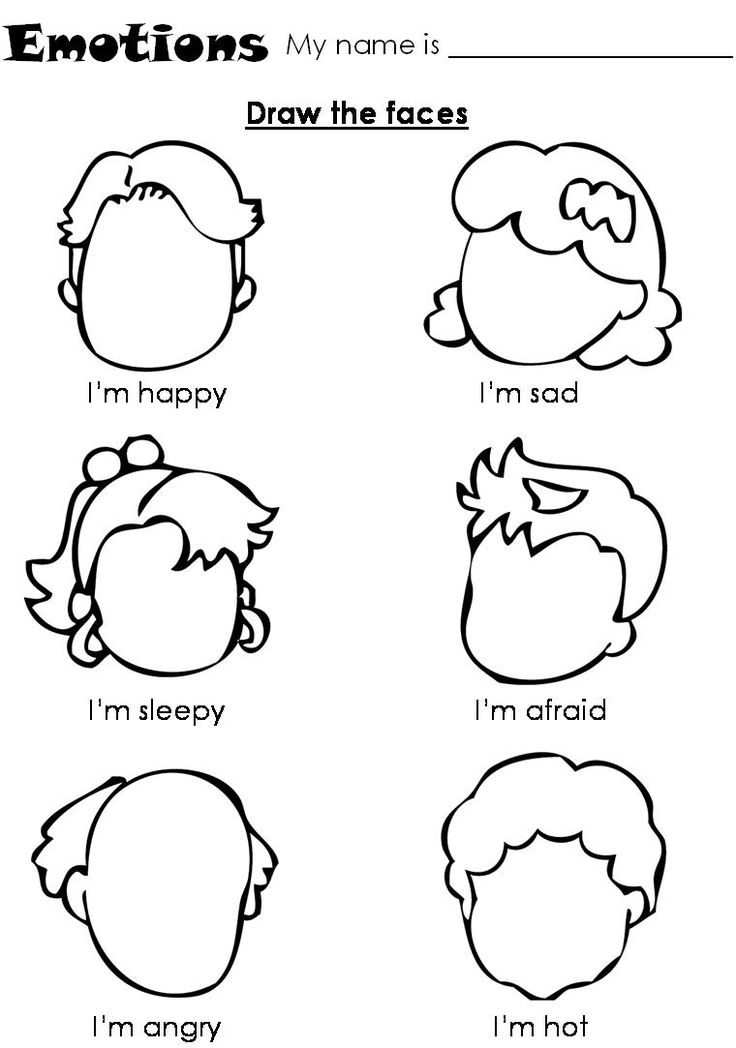
Therefore, it is very important to teach a child to perceive and distinguish colors.
Any education of the youngest children should be carried out in a playful way. A large number of didactic and other types of games have been developed for teaching color.
Let's dwell on them in more detail.
Perhaps the most popular color learning game is Find the Color. At first, the baby cannot determine the color even from the sample that you show him. Therefore, you first need to pick up cubes and other objects of the same shade. You can invite the child to arrange in piles all objects of the same color and a certain shade.
It is necessary to repeatedly say what color the toy is.
The next moment in the game is to lay out multi-colored objects that are specially mixed up. These can be handles with caps removed. Sometimes it is useful to put a cap on a pen of a different color and ask if the color is right?
Another interesting method.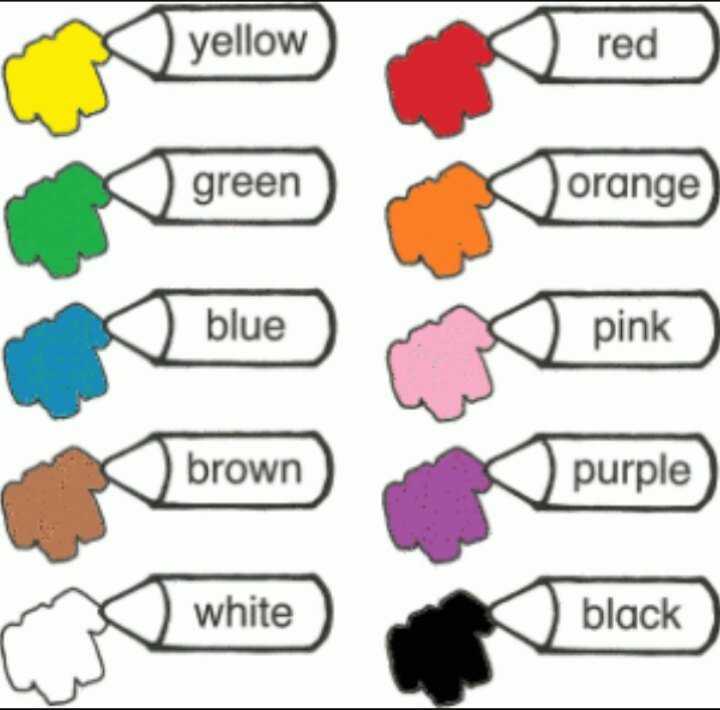 Colored caps are large enough to fit multiple toys under one cap.
Colored caps are large enough to fit multiple toys under one cap.
The task can be such that the child puts toys under a cap of a certain color. Then the caps are raised in turn, and the task is evaluated for correct execution. The cap is blue, for example, and all the toys under it are also blue. And so on.
The game "Find the extra" is very popular for studying the different qualities of a child's personality. When we teach colors with a child, we can offer him to find an object that is extra in color in a bunch of one-color ones. Put in a pile, for example, red toys, one toy of a different color.
Game "Colorful balls". Pour balls or balls of different colors on the floor and put a few boxes. In each box you need to put toys or objects of a certain color.
For learning to be effective, each action must be commented and each color named. By repeatedly asking the child questions, we encourage the child to think. This will be an incentive to remember the colors.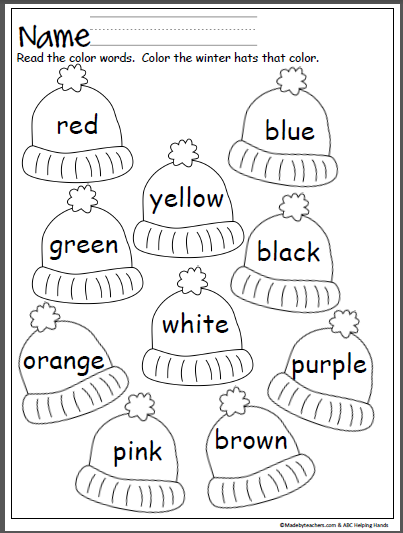
Learn colors creatively
Another effective way to introduce and reinforce a child's knowledge of color is creativity.
Paints, plasticine, colored pencils and other accessories will help the child remember colors and learn to perceive their different shades.
Among other things, the child receives skills and abilities for visual activity, and also develops fine motor skills of the hands.
That's how much benefit we get when we learn colors with a child at a very young age.
By the way, instead of paints containing some elements unhealthy for a child's body, you can use natural dyes - raspberry or beet juice, etc.
Before you start drawing, it is worth clearly and clearly name the color that we will use and what we will depict.
It is strictly forbidden to use diminutive forms when naming a color, such as "blue" instead of "blue" or "red" instead of "red". Such wording can confuse a child, and he will not learn the color, and will completely get confused in the names.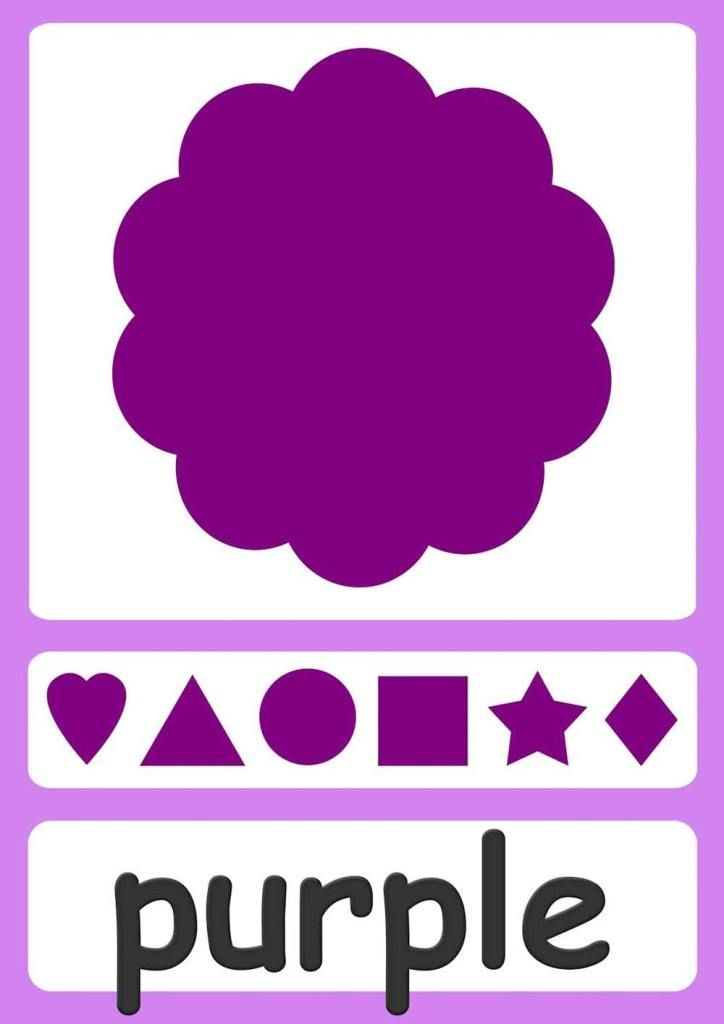
When drawing, you need to allow the child to draw lines himself, paint over a sheet of paper. You can even let him get his palm into the paint and then make prints on the sheet.
Just watch carefully so that later the baby does not pull these most beautiful hands into his mouth. You never know. Well, if instead of paint we use raspberry juice, and if real paints, then it will not be very good.
Until the child learns the color, do not start learning the next one.
Learning colors while walking
In general, I think that there is no need to organize special classes to introduce a child to flowers.
You can unobtrusively comment on everything around, doing any business with the baby - whether it's dressing or looking at books. Or even walking down the street. Naming objects, it will be good to give him different definitions - what size, shape. And, of course, to name what color this or that object is.
It will be useful to ask the child questions about the color of objects.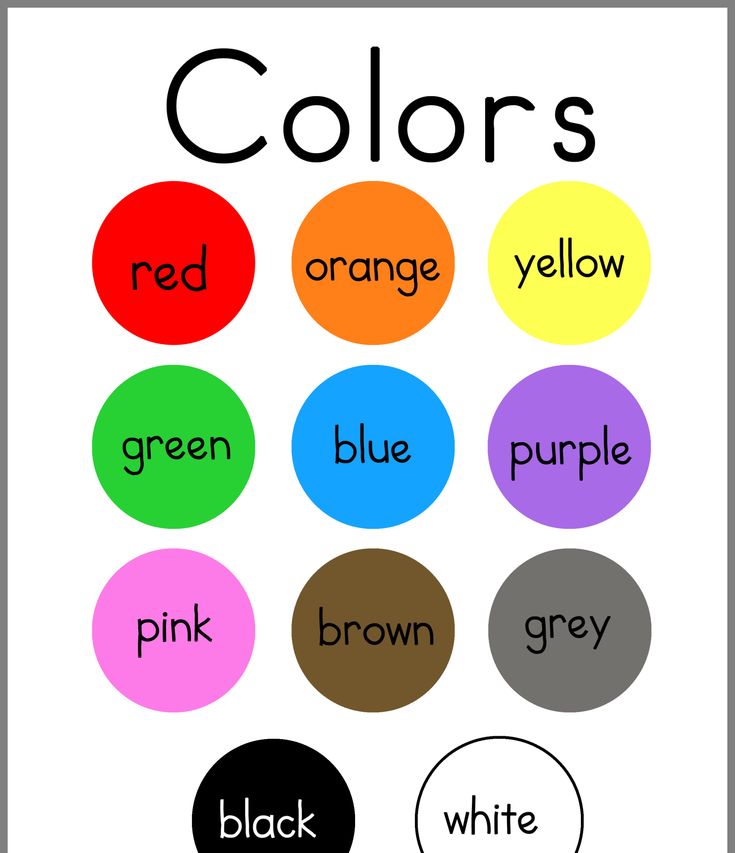 It is recommended to praise for the correct answer. It is strictly forbidden to scold for an incorrect answer. Correct the child and say: “You know, I saw it in such a color, but this particular object is such and such.”
It is recommended to praise for the correct answer. It is strictly forbidden to scold for an incorrect answer. Correct the child and say: “You know, I saw it in such a color, but this particular object is such and such.”
A new method for learning colors
Now it has become very fashionable to use different methods and technologies for teaching children. I recently came across a color teaching technique called Color Days.
There are six primary colors and also six days of the week, given that one day - the seventh - is a day of rest.
On the first day, all the toys, clothes, dishes the baby has when he eats, etc. one color, the next day everything is laid out in a different color.
So throughout the day the baby sees the environment in a certain color and remembers it. In this case, the name of the color is repeatedly pronounced by parents and the child.
On this day, we sculpt only this color from plasticine, draw only with the color of this day.



